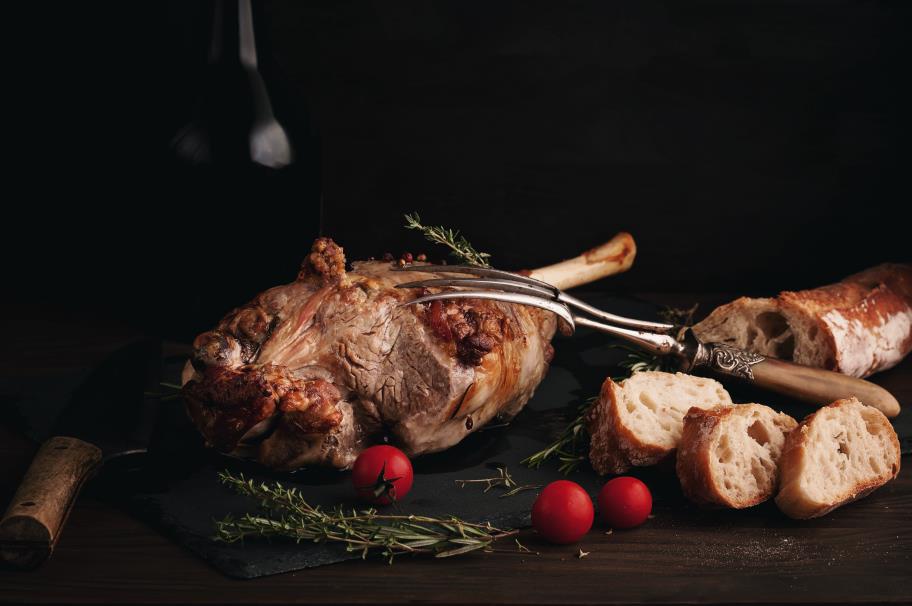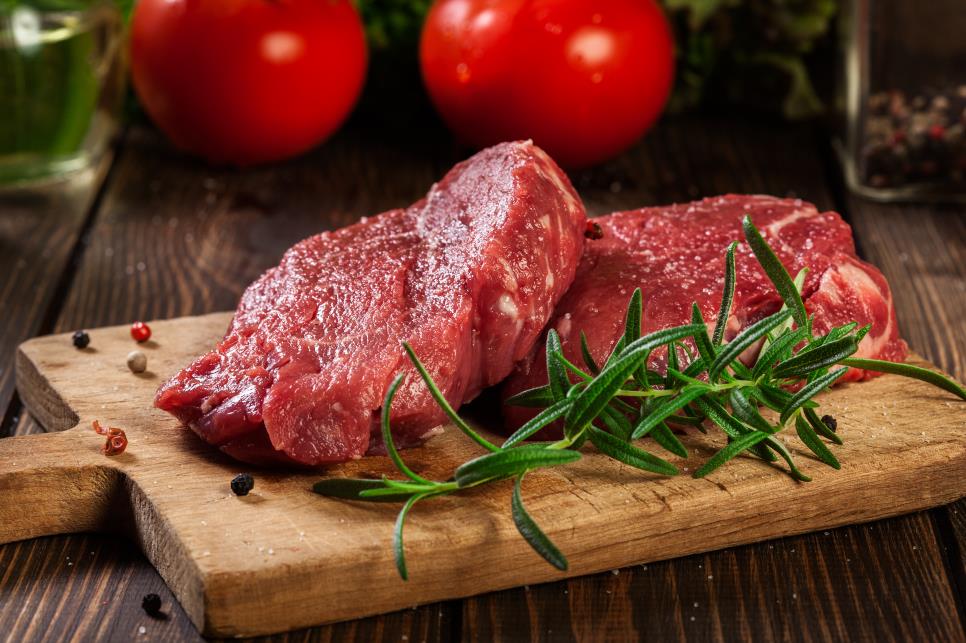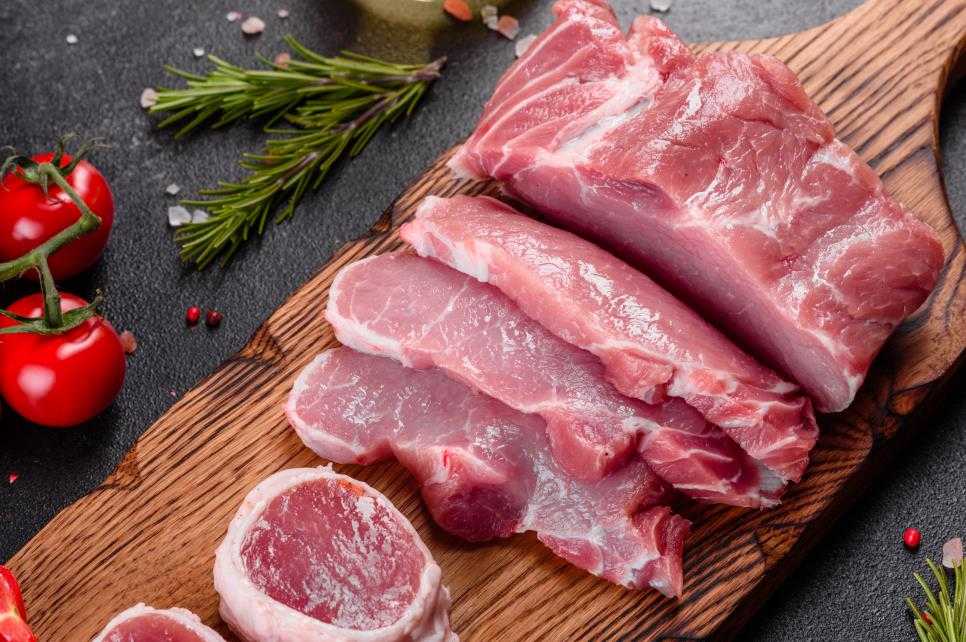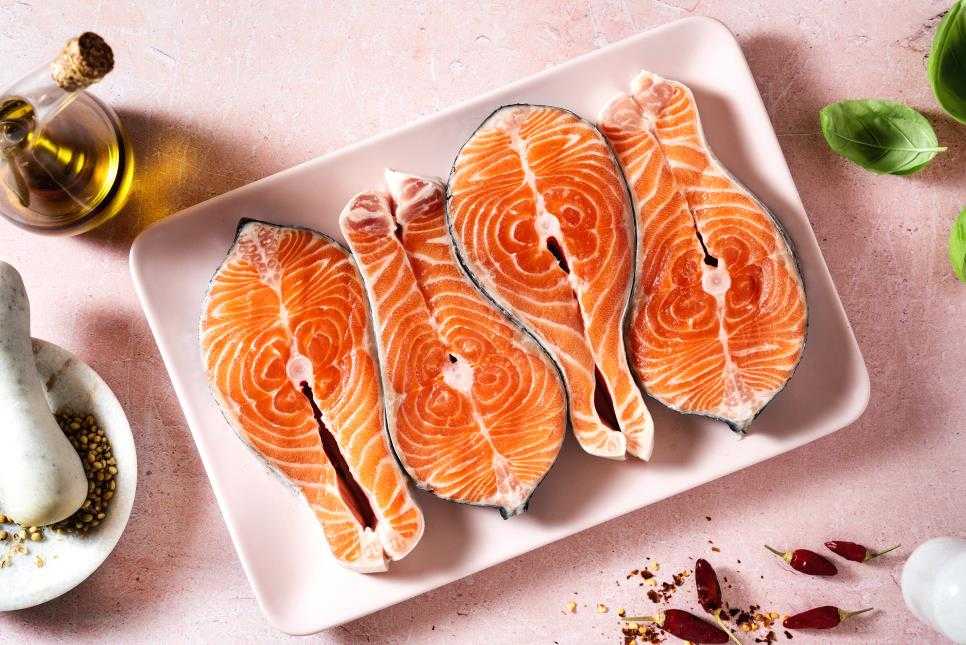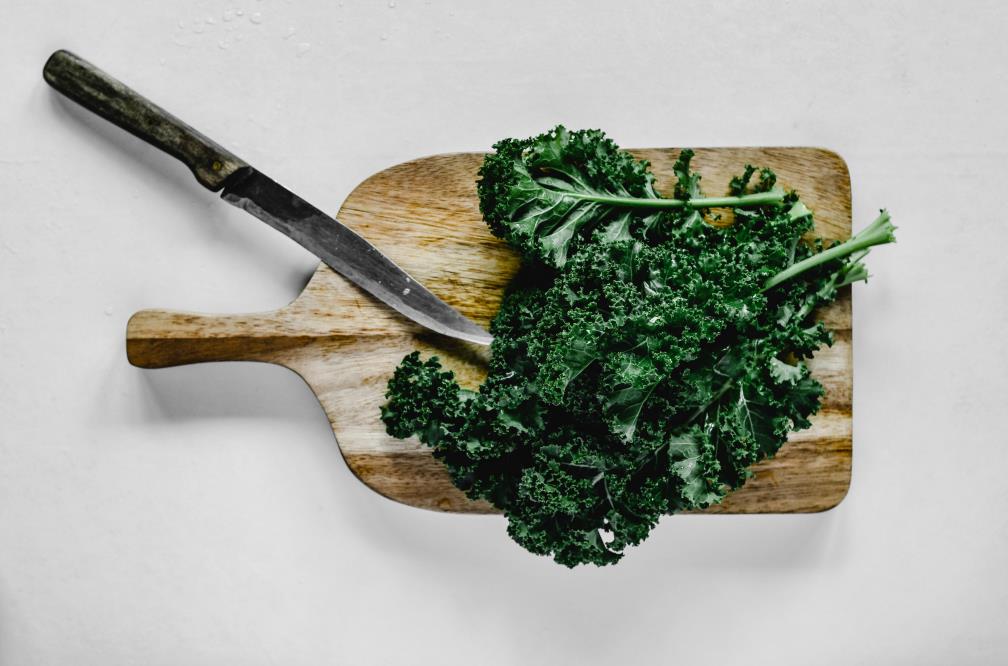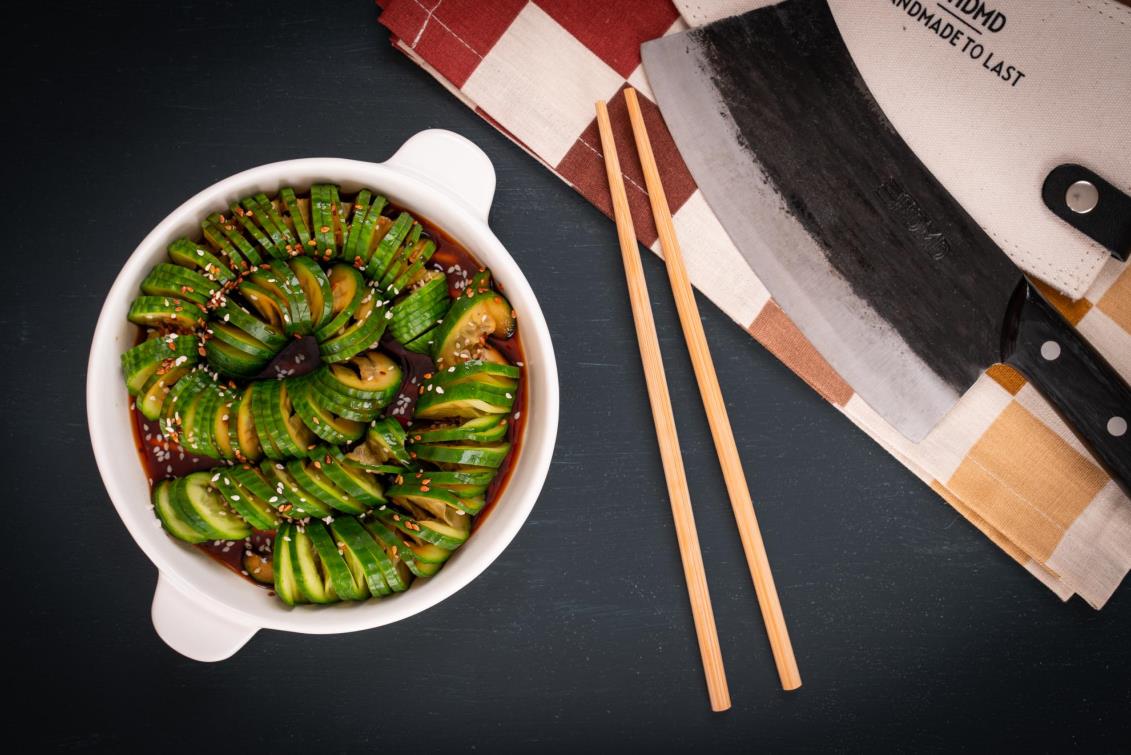Flank steak is a popular choice for carnivores, being both high in beefy taste and relatively low in price when compared to other cuts of beef.
In this article we’re going to slice right into flank steak and give you the low-down on buying super quality flank steak, cutting/carving flank steak, preparing flank steak and optimizing meat grain, and of course cooking flank steak at home. And we’ll throw in some other factoids because we love exploring meat!
Let’s get the basics right –
Table of contents
What is flank steak?
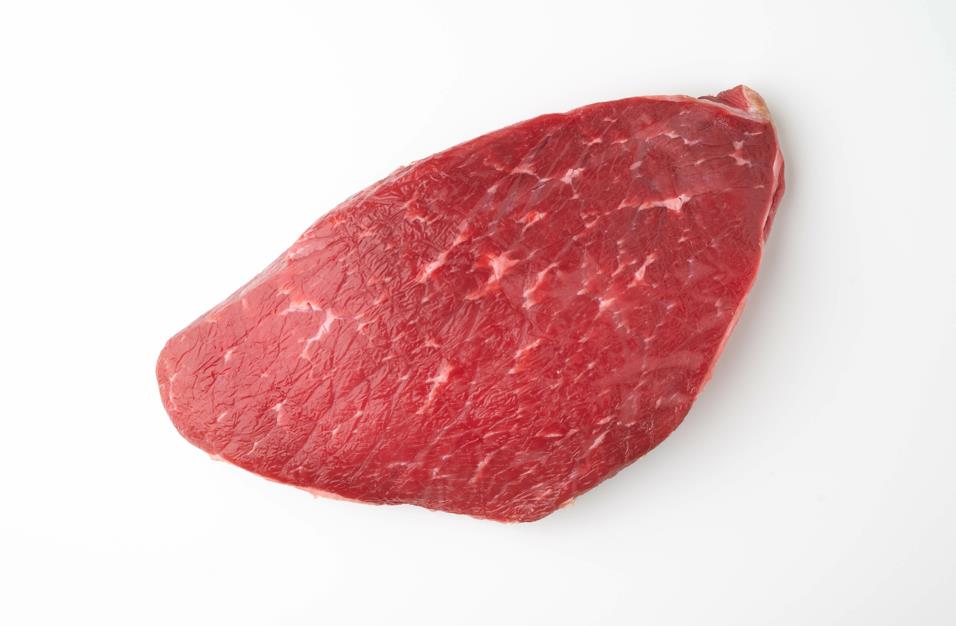
Flank steak is a cut of beef that’s taken from the flank of a beef animal – it’s towards the bottom of the belly, after the ribs, and just in front of the hind leg.
In the shops you’ll see ‘London Broil’ or ‘Skirt Steak’, but these are different things. If in doubt about what you’re buying specifically, have a word with the store staff or your neighborhood butcher, if they’re worthwhile they should be well informed and helpful.
Flank steak is a long and flat cut of beef, with good flavor and lots of graining (muscle content). Because of its high grain quality, it can be tough and requires careful butchery and cooking to get the best out of it.
Flank steak and your health
Bite for bite, flank steak has fewer calories and delivers more protein than it’s more expensive cousins ribeye or porterhouse. This makes it a smart buy if you’re health conscious and discerning about your meat protein intake.
Flank steak vs skirt steak – what’s the diff?
Flank steak tends to be a bulkier cut of meat than skirt steak, it’s wider and heavier. Also, skirt steak is prone to a higher muscle content – making it tougher than flank steak.
Flank steak – our top tips for buying the best quality
- Great meat starts with a great butcher or retailer. The vendor’s premises should be clean, well – stocked, and the meat attractively displayed and visibly fresh
- Buy 6 to 9 ounces of flank steak per serving
- Flank steak aged at least 7 days is best, anything more than a 14 – day aging period will lead to a ‘gamey’ flavor that may be over strong
- Flank steak will be thicker in the middle than at the ends, but aim to buy your steaks with as consistent a thickness as possible – they’ll cook more evenly
- If it’s available to buy pre – tenderized, this will give you more tender flank steak. Alternatively, both home tenderizing with a mallet and marinating work well with this cut of beef
Cutting your flank steak like a pro
The best knife to use
For a knife that most dedicated home cooks will have in their kitchens, We recommend the chef’s knife as your best bet for slicing flank steak, raw or cooked. Your chef’s knife should be good quality and well sharpened! A meat fork for holding the steak is optional but can be handy.
You’ll also need a sturdy chopping board that you keep specifically for cutting raw meat or that you wash thoroughly after every single use. It’s important when cutting raw meat to avoid cross contamination of germs, so, if possible, have one chopping board devoted specifically to meat only.
Pro – tip: If your chopping board tends to slip and slide around, a damp kitchen towel placed under it will hold it securely in place.
Best knife to cut flank steak
True cutting power in the palm of your hand
Understanding meat grain
Meat grain is the direction that the muscle fibers in the meat are positioned. By cutting meat across its grain, you’re chopping those fibers in the meat shorter, which makes them easier to chew and more tender.
For tougher cuts of beef like flank steak, slicing it across the grain is the only way to go.
How to cut raw flank steak
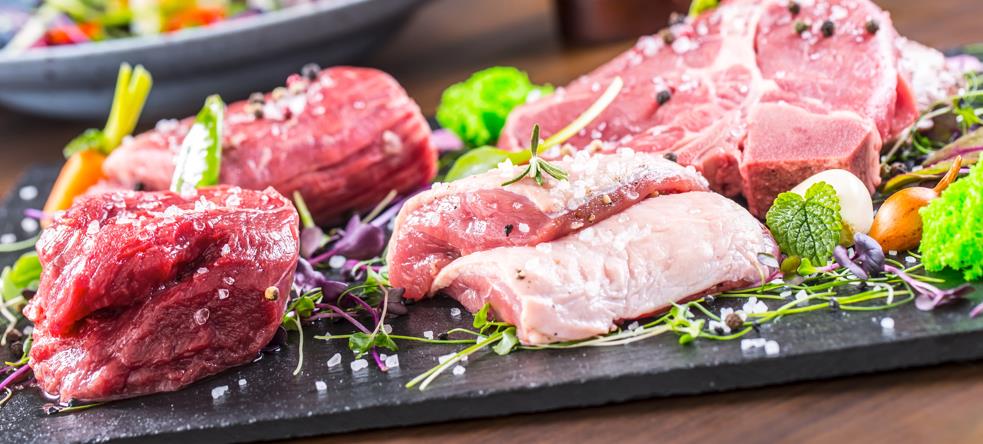
- Place the flank steak on your chopping board in front of you and identify the meat grain or the direction that the muscles in the flank steak are running.
- If the muscles of your beef cut run diagonally or horizontally across, you’re going to cut the meat vertically. But if the muscles are running in a vertical (up and down) fashion, you’re going to cut through them horizontally.
- If there’s any fat on the meat, leave it because flank steak isn’t very fatty, and the fat adds big time to flavor.
- Holding the steak firmly with either a meat fork or your non – cutting hand, you’re going to slice against the grain as we’ve outlined. You want to cut the meat into slices for easy and even cooking, so you’re going to slice down firmly with your chef’s knife through the meat in increments (spaces) of about ¼ inch to ½ inch. This is the recommended width for flank steak slices. Continue slicing until the whole steak is divided into slices.
- If you want to get flank steak strips for something like a stir fry, cut the flank steak into slices and then cut them lengthways (vertically) along their longest area to divide the slices into longer and thinner strips.
- For cutting raw flank steak into blocks/cubes, you’re going to position the flank steak on your board in front of you, nicely centered and steady.
- Next, you’re going to follow the steps as above for cutting your flank steak into slices across the grain. Once in slices, and again going against the grain, you’re then going to cut through each slice 3 or 4 times, dividing it either horizontally or vertically into blocks of flank steak.
The more cuts you make dividing the slices, the smaller the blocks or cubes of flank steak will be. For large blocks you’ll only need to cut each slice of flank steak into two, i.e., halve it.
How to cut cooked flank steak
- If your flank steak is cooked and you’re wanting to break it down into more manageable pieces for serving, cutting it into slices is recommended. To do this, take the cooked flank steak off the heat and let it rest for about 10 minutes. Cover it and place it out of reach of pets!
- Next, place the cooked flank steak on your chopping board, and using your meat fork or non – cutting hand, secure it firmly.
- Identify the meat grain and slice the meat horizontally for a vertical grain, and vertically for a horizontal or diagonal meat grain.
- You’re going to cut through the meat firmly in smooth strokes, cutting down once only per slice without hacking or sawing at the meat. This keeps the meat fibers intact and it looks neater on the plate. Continue slicing until the whole flank steak is sliced.
- If you want to break the flank steak further into blocks, cut each slice of flank steak again either vertically or horizontally so that you’re going against the grain. Keep your spacing even to achieve consistent blocks or cubes. The more dividing cuts you make, the smaller the blocks of flank steak will be.
- Keep the blocks large for dressing with a sauce, and cut them into smaller, finer blocks for something like tortilla filling or soups.
Cooking flank steak – the right way
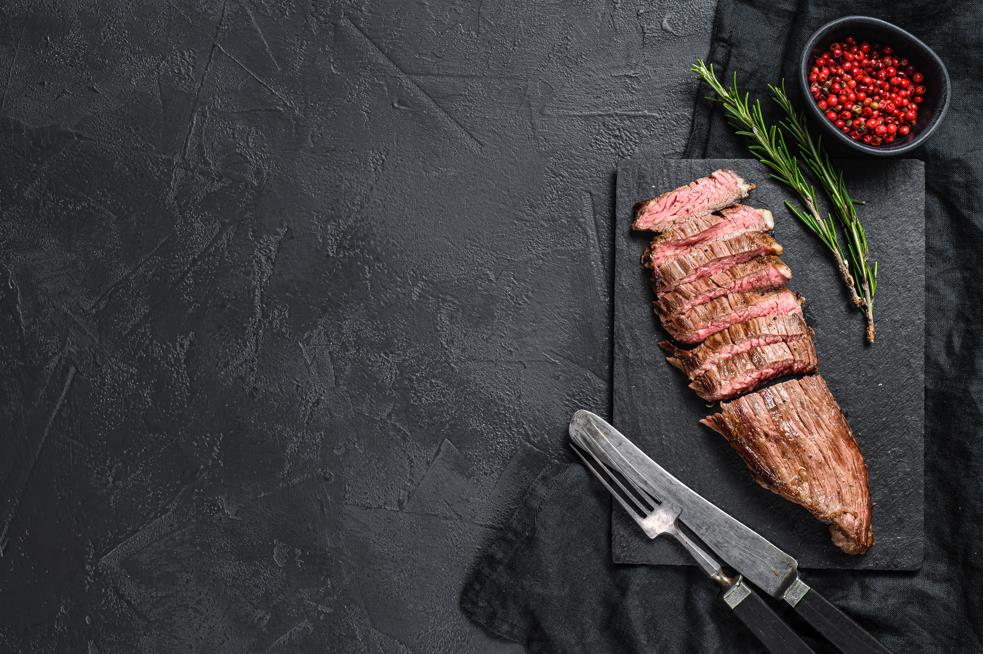
- Pan fry: sear on a high heat for 2 or 3 minutes per side for medium rare, flipping it occasionally.
- Oven/Grill: set your oven to ‘grill’ or ‘broil’ and preheat for 10 minutes. Place the steak on a rack or tray about 3 inches from the overhead heat and grill for around 5 – 7 minutes, flipping the steak over once in the middle of that cooking time. If using a meat thermometer, 135F is cooked medium rare.
- Barbeque: Place the steak over the hottest area of the grill for around 2 minutes and turn once during that time. Next move the steak to a medium hot area of the grill and grill for another 5 to 7 minutes, flipping once or twice to get an even sear. For a safe level of doneness, an interior temperature of 135F is recommended.
Flank steak FAQs
Flank steak is economical for making stews, how do I get it fall apart soft?
Cook it low and slow. Once the liquid is at a slow boil, reduce heat to the minimum for a gentle simmer and cook the beef for +- 3 hours, stirring occasionally.
How long should a flank steak sit before cutting?
Rest the flank steak after cooking for 10 minutes to soften it, you can rest it covered with a plate or tented with foil.
Can I cook flank steak ahead and then slice it when guests arrive?
You sure can. Simply cook off the steaks, and while they’re cooking fill your cooler or a sealable container with very hot tap water and let it sit. Take care not to burn/scald yourself!
When the steaks are done, wrap them tightly in tin foil, then in a towel. Empty the heating container of the hot water, put the wrapped steaks in, and seal the container. Residual heat will keep the flank steak warm but not dried out for an hour or more.
In conclusion
Flank steak is one of the cheaper cuts of beef but you’re losing nothing on flavor or tenderness if you cut and prepare it with care. Do join us again as we’ve got so many great articles on meat and butchery in the blog, you’ll be spoilt for choice and amped to get your knives to work!







